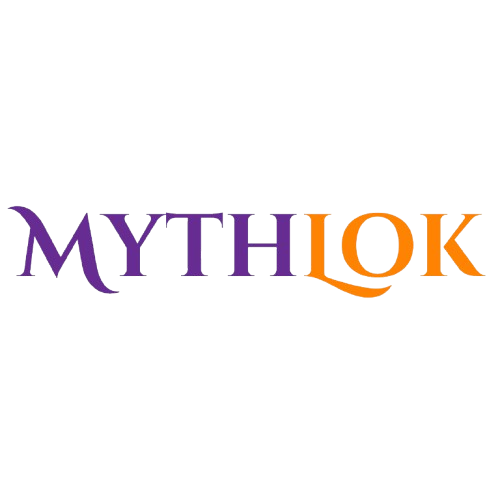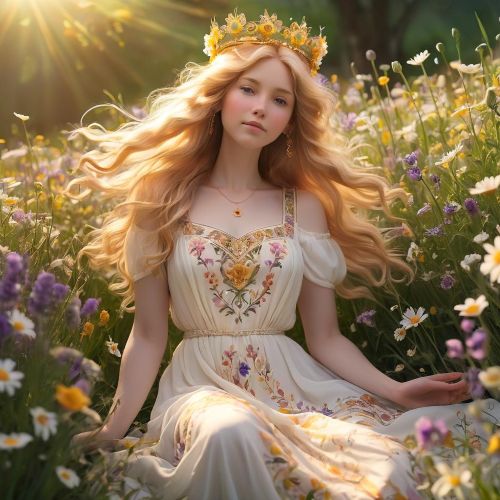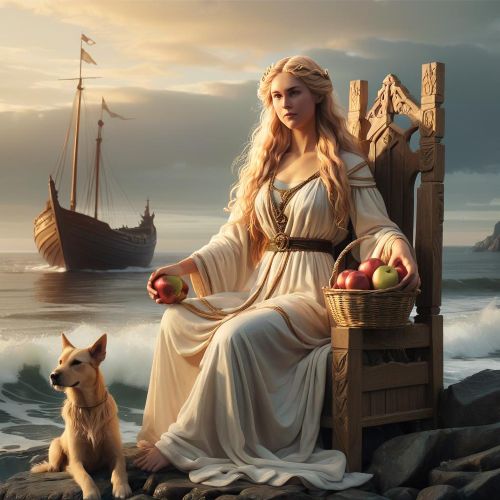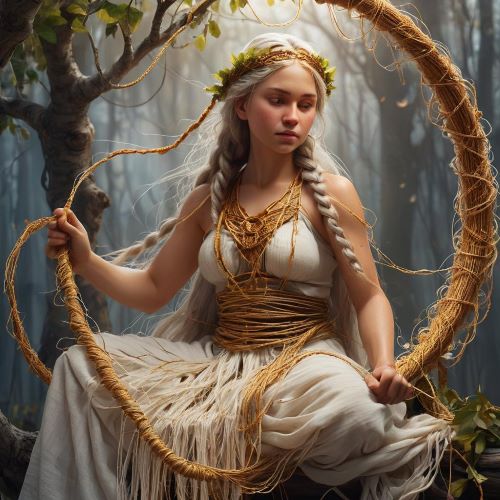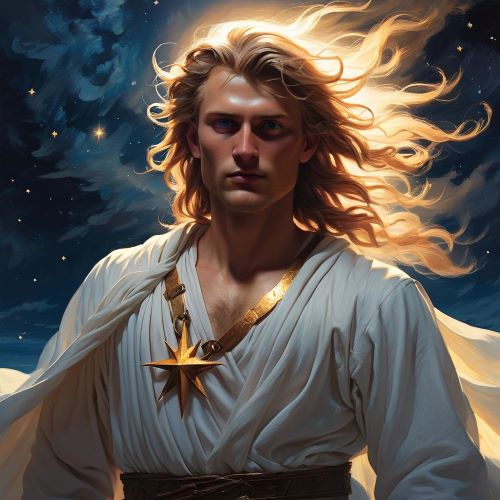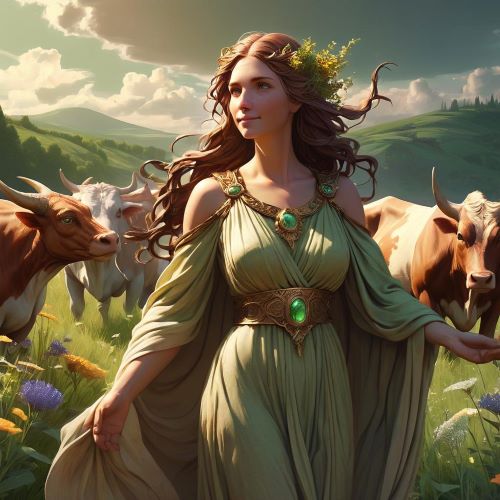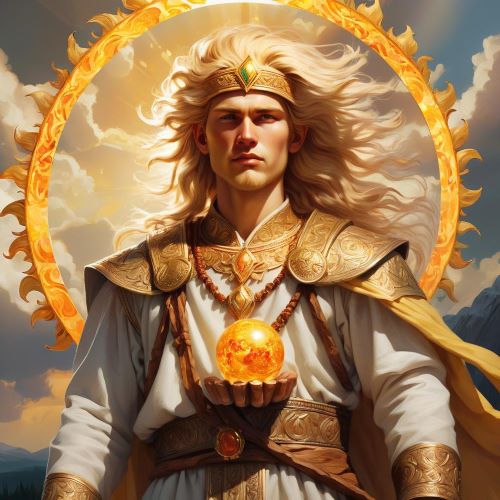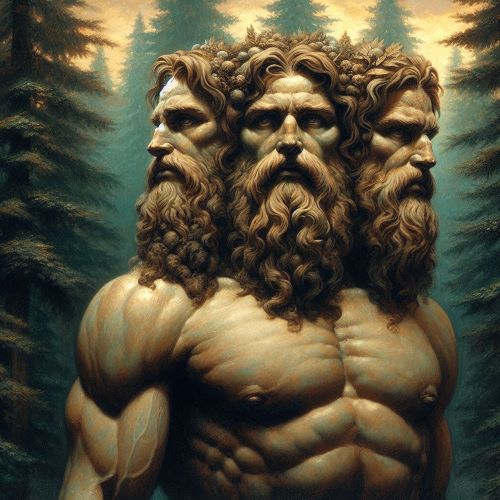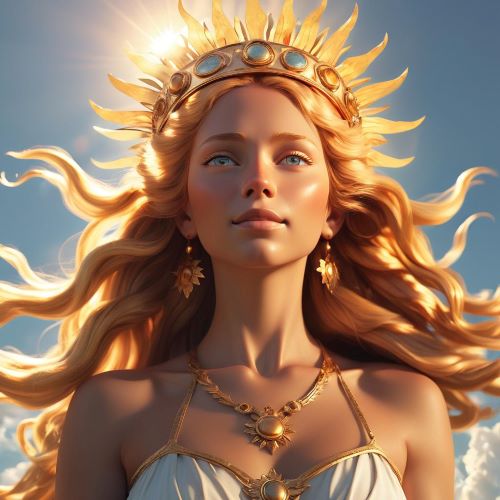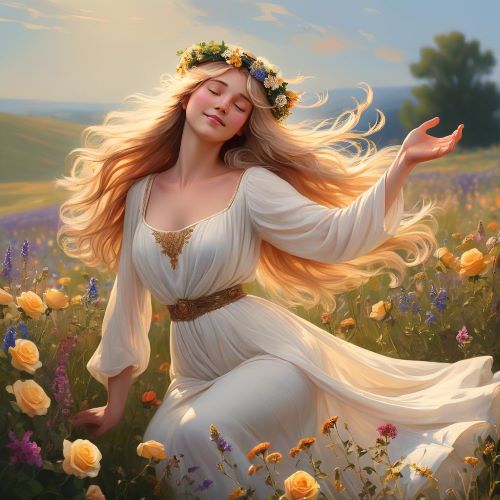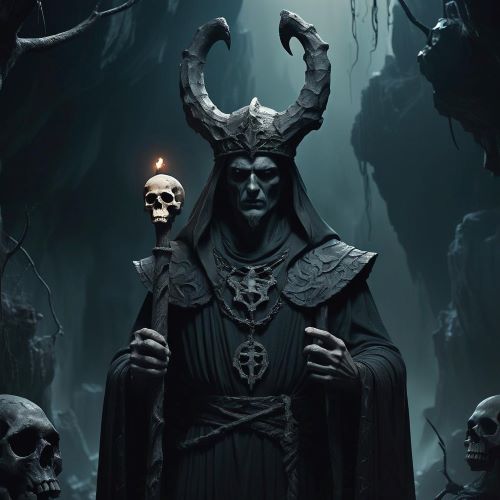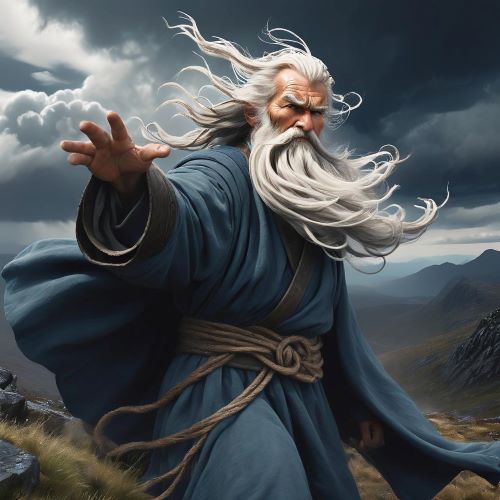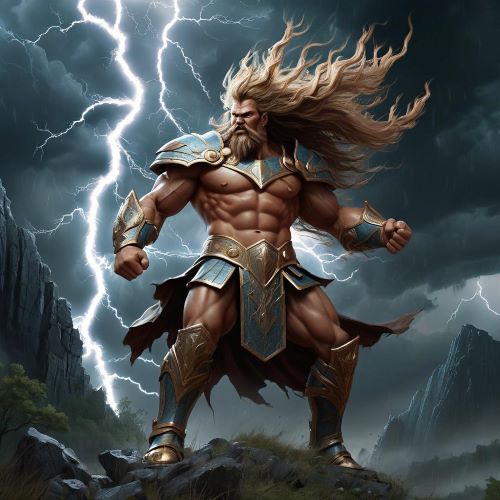Central European Gods
Central European gods represent a rich tapestry of mythological figures rooted in the ancient traditions of Slavic, Germanic, and Celtic tribes. These deities held great significance, governing various aspects of life, nature, and human existence. From fertility and war to weather and agriculture, Central European gods embodied the forces of the natural and spiritual world, influencing the beliefs and practices of the people who worshipped them. The myths surrounding these gods offer insight into the culture, values, and environment of Central Europe, where oral traditions and later written sources have preserved their legacies for generations.
Among the most prominent Central European gods are the Slavic deities, who were central to the region’s pre-Christian spiritual life. Perun, the god of thunder and war, stands as one of the most powerful figures in Slavic mythology. His counterpart, Veles, the god of the underworld and cattle, represents the balance between life and death. Similarly, Germanic gods like Wodan (Odin) and Donar (Thor) were revered for their wisdom, strength, and protection. These deities often embodied the heroic and warrior spirit of the tribes, inspiring myths that involved battles with giants, rival gods, and supernatural forces.
The mythology of Central European gods reflects the close connection between humans and nature, with many gods associated with specific natural elements. Deities like Mokosh, the Slavic goddess of fertility and earth, were believed to influence agriculture, childbirth, and the cycles of life. Similarly, gods like Ziva, the goddess of life and fertility, were worshipped for their role in ensuring prosperity and abundance. The belief in these gods was deeply intertwined with seasonal rituals, harvest festivals, and the natural rhythms of the land, creating a spiritual connection between the divine and the everyday lives of the people.
As Christianity spread across Central Europe in the early medieval period, the worship of these ancient gods gradually declined. However, many of their stories and symbols persisted, either absorbed into Christian practices or preserved in folklore. The blending of pagan and Christian traditions created a unique cultural synthesis that can still be seen in the region’s folklore, art, and festivals. In modern times, Central European gods continue to capture the imagination, influencing literature, art, and even contemporary spiritual movements that seek to revive ancient practices.
Today, Central European gods remain an important part of the region’s cultural heritage, offering a window into the past and the spiritual beliefs that once shaped entire societies. The myths surrounding these deities continue to resonate, providing a sense of continuity and connection to the ancient peoples of Central Europe. Whether through historical study, modern pagan practices, or popular culture, these gods continue to inspire and fascinate those interested in the mythological foundations of the region.
Central European gods represent a rich tapestry of mythological figures rooted in the ancient traditions of Slavic, Germanic, and Celtic tribes. These deities held great significance, governing various aspects of life, nature, and human existence. From fertility and war to weather and agriculture, Central European gods embodied the forces of the natural and spiritual world, influencing the beliefs and practices of the people who worshipped them. The myths surrounding these gods offer insight into the culture, values, and environment of Central Europe, where oral traditions and later written sources have preserved their legacies for generations.
Among the most prominent Central European gods are the Slavic deities, who were central to the region’s pre-Christian spiritual life. Perun, the god of thunder and war, stands as one of the most powerful figures in Slavic mythology. His counterpart, Veles, the god of the underworld and cattle, represents the balance between life and death. Similarly, Germanic gods like Wodan (Odin) and Donar (Thor) were revered for their wisdom, strength, and protection. These deities often embodied the heroic and warrior spirit of the tribes, inspiring myths that involved battles with giants, rival gods, and supernatural forces.
The mythology of Central European gods reflects the close connection between humans and nature, with many gods associated with specific natural elements. Deities like Mokosh, the Slavic goddess of fertility and earth, were believed to influence agriculture, childbirth, and the cycles of life. Similarly, gods like Ziva, the goddess of life and fertility, were worshipped for their role in ensuring prosperity and abundance. The belief in these gods was deeply intertwined with seasonal rituals, harvest festivals, and the natural rhythms of the land, creating a spiritual connection between the divine and the everyday lives of the people.
As Christianity spread across Central Europe in the early medieval period, the worship of these ancient gods gradually declined. However, many of their stories and symbols persisted, either absorbed into Christian practices or preserved in folklore. The blending of pagan and Christian traditions created a unique cultural synthesis that can still be seen in the region’s folklore, art, and festivals. In modern times, Central European gods continue to capture the imagination, influencing literature, art, and even contemporary spiritual movements that seek to revive ancient practices.
Today, Central European gods remain an important part of the region’s cultural heritage, offering a window into the past and the spiritual beliefs that once shaped entire societies. The myths surrounding these deities continue to resonate, providing a sense of continuity and connection to the ancient peoples of Central Europe. Whether through historical study, modern pagan practices, or popular culture, these gods continue to inspire and fascinate those interested in the mythological foundations of the region.

